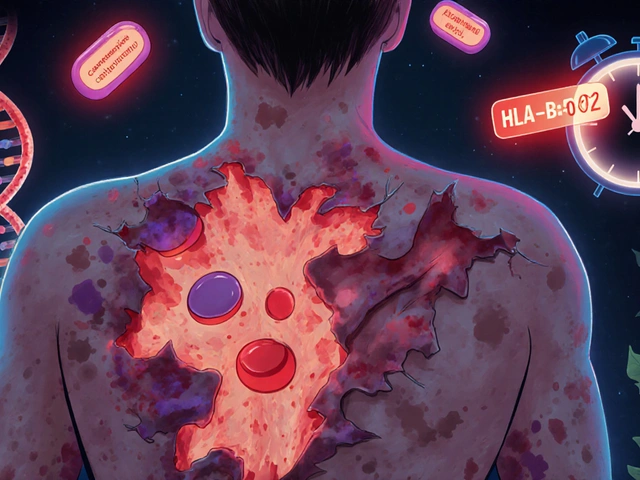Phosphate deficiency: what it is and why it matters
Low phosphate — also called hypophosphatemia — often flies under the radar. But phosphate is vital: it helps make bone, powers cell energy, and keeps your muscles and nerves working. Mild drops might just mean fatigue or weak muscles. Severe drops can cause breathing trouble, confusion, or heart rhythm problems. Knowing the signs and quick steps to fix it can make a big difference.
What causes phosphate deficiency?
Phosphate levels fall for a few clear reasons. Some of the common causes include:
- Poor intake: not eating enough phosphate-rich foods, especially in people on very restrictive diets.
- Alcohol misuse: heavy drinking can block phosphate absorption and increase losses.
- Refeeding syndrome: when someone malnourished starts eating again, insulin shifts phosphate into cells fast.
- Medications: certain antacids, phosphate binders, diuretics, and some cancer drugs can lower phosphate.
- Internal shifts: insulin given for diabetic emergencies or sudden changes in acid/base balance can drop blood phosphate.
- Kidney problems or hormonal issues: the kidneys and parathyroid hormone control phosphate levels, so disorders there can cause low phosphate.
Each cause needs a different fix, so knowing why phosphate is low guides treatment.
How doctors test and treat low phosphate
Doctors check a blood phosphate level. Normal blood phosphate usually sits around 2.5–4.5 mg/dL; levels below 2.5 mg/dL are often called low. They also look at calcium, vitamin D, kidney function, and medications. Treatment depends on severity and cause.
Mild cases are often treated with oral phosphate supplements and diet changes. Foods high in phosphate include dairy (milk, yogurt), meat, poultry, fish, beans, nuts, and whole grains. For people who can’t eat enough, over-the-counter or prescription phosphate tablets may be used under medical advice.
Moderate to severe drops sometimes require intravenous (IV) phosphate in the hospital. That’s because very low levels can affect breathing and the heart. Doctors fix urgent problems, watch blood levels closely, and treat the underlying cause — for example, stopping a culprit drug or managing refeeding slowly.
Practical tips you can use now: if you drink heavily, try to cut back and get checked. If you’re starting a feeding plan after being malnourished, ask your care team about phosphate monitoring. Review your medications with a clinician or pharmacist if you have unexplained muscle weakness or fatigue.
When to seek care: see a doctor if you have sudden muscle weakness, trouble breathing, chest pain, new confusion, or fainting. For mild, ongoing symptoms like tiredness and bone or muscle aches, bring them up at your next primary care visit so blood tests can rule out low phosphate and other causes.
Fixing phosphate is often straightforward once the cause is clear. Eat balanced foods, review risky meds, and get labs when symptoms appear. That’s the fastest way to get back to normal energy and strength.
Hypophosphatemia, or low phosphate levels, can mess with your bones in surprising ways. This article unpacks how phosphate keeps bones strong, what puts you at risk for deficiency, and what real steps you can take to dodge trouble. Practical prevention strategies and expert-backed facts shed light on staying healthy. Understand how food, lifestyle, and smart choices make all the difference. Read on for a complete, easy-to-follow guide on hypophosphatemia and your bones.
View Details

